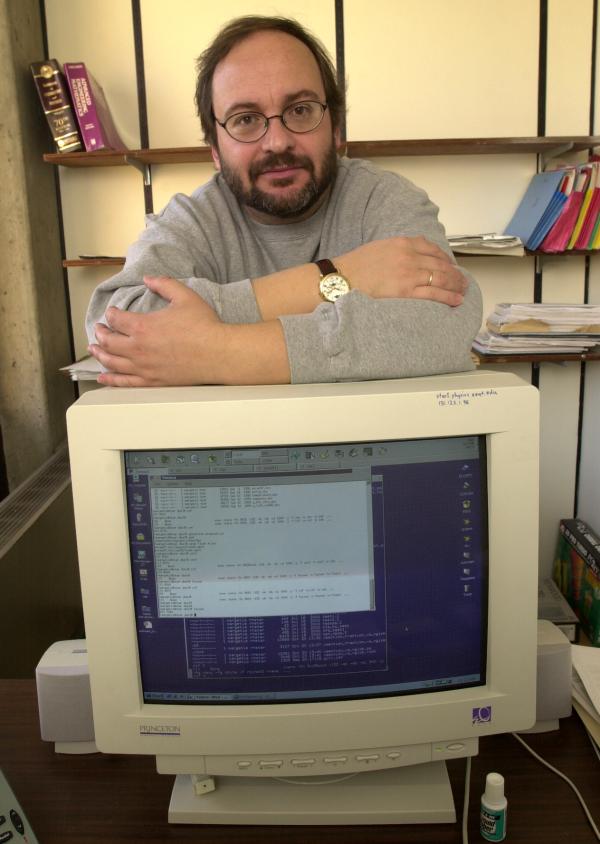 330-672-9739 (FAX: 2959)
330-672-9739 (FAX: 2959)
margetis "at" star.physics.kent.edu 
Office: 313 Smith Hall
 330-672-9739 (FAX: 2959)
330-672-9739 (FAX: 2959)

margetis "at" star.physics.kent.edu
Dr. Margetis is affiliated with two major experiments. The CERN-NA49 experiment and the RHIC experiment STAR. Both experiments use multi-purpose detectors aiming at measuring many different signals simultaneously. His physics interests are in the area of `strangeness', i.e. the production rates and behavior of strange matter inside hot nuclear matter. A particle is called `strange' if one of its constituent quarks is the strange quark (ordinary matter contains only `up' and/or `down' quarks). An example of a strange particle is the Lambda hyperon. The detection of these particles is extremely difficult and high precision detectors combined with accurate tracking software is required. Dr. Margetis and his students are making contributions to the software infrastructure of the experiment as well as the physics analysis. Students in his group will have the option to spend extended periods of time at an accelerator laboratory where they can be exposed to a mixture of software and/or hardware tasks. Unique skills ranging from setting up Monte Carlo simulations to detector development and improvement can be acquired during this work, skills which can later be used in search for employment after graduation.